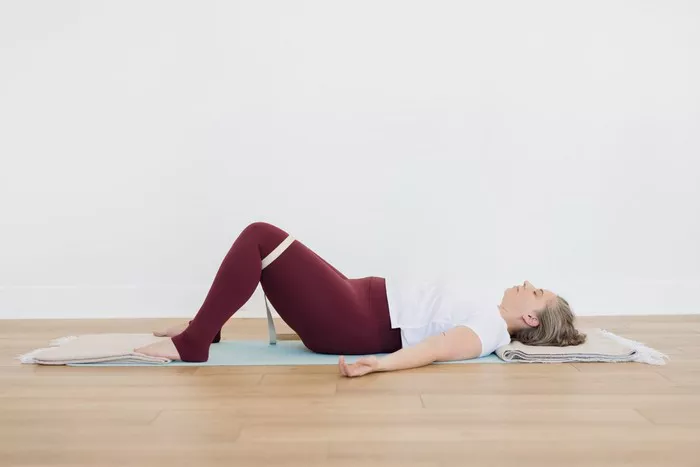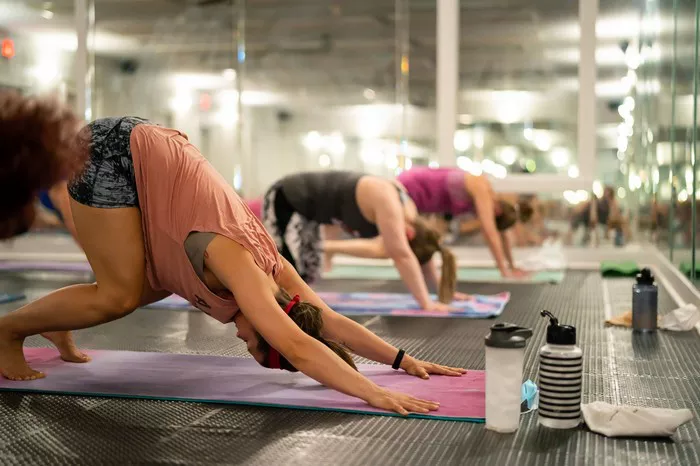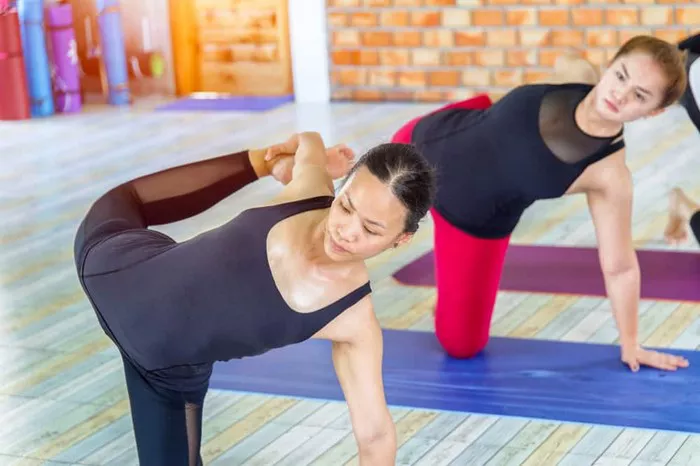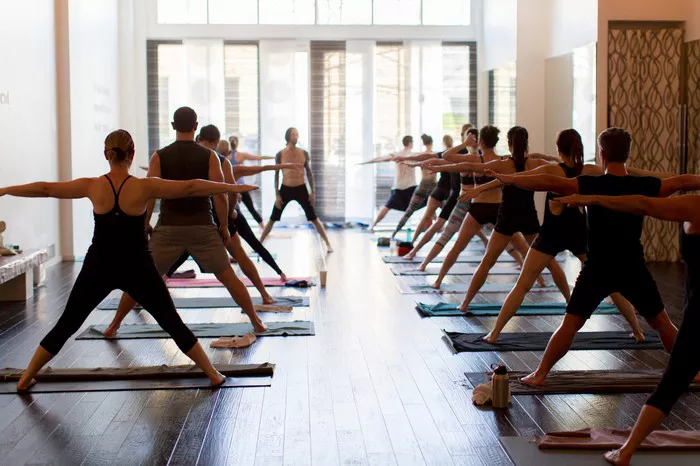Kriya Yoga is a spiritual discipline that has gained significant attention over the years for its ability to deepen the practice of yoga and accelerate the journey of self-realization. Rooted in ancient traditions, it offers a systematic approach to meditation and breath control designed to purify the body and mind, ultimately bringing practitioners closer to inner peace and spiritual awakening. The very first technique of Kriya Yoga, known as Pranayama or breath control, forms the cornerstone of this profound discipline. In this article, we will explore what Kriya Yoga is, its origins, and most importantly, delve into the first technique of Kriya Yoga and its significance in one’s spiritual and physical journey.
What is Kriya Yoga?
Kriya Yoga is an ancient spiritual science that was popularized by the great yogi and saint, Paramahansa Yogananda, through his renowned book Autobiography of a Yogi. The word “Kriya” in Sanskrit means “action” or “movement,” while “Yoga” signifies union or connection with the divine. Kriya Yoga, therefore, can be understood as the “yogic technique of conscious action” designed to achieve union with the divine by purifying the body and mind.
The practice of Kriya Yoga encompasses a variety of techniques that work harmoniously to align the practitioner’s physical, mental, and spiritual aspects. These techniques are structured to purify the mind from distractions, develop a deep sense of inner peace, and increase one’s energy through the regulation of breath. By controlling the breath, Kriya practitioners believe they can influence the flow of life force, or prana, which sustains and nourishes the body.
The practice is deeply transformative and is often taught under the guidance of an experienced teacher, as it requires not just physical discipline but also spiritual understanding. The various techniques of Kriya Yoga aim to harmonize and balance the body, mind, and spirit. However, as with all yoga practices, the first step toward mastering Kriya Yoga begins with a foundational technique—the regulation of the breath, known as Pranayama.
The First Technique of Kriya Yoga: Pranayama
Pranayama is the first and most essential technique in the practice of Kriya Yoga. Prana refers to the vital life force or energy that flows through every living being. It is the energy responsible for sustaining the body and mind. Yama means control or regulation. Therefore, pranayama literally means “control of breath” or “regulation of life force.” It is the method by which a practitioner learns to regulate and harness the flow of prana through the body using controlled breathing techniques.
In Kriya Yoga, pranayama is the foundation upon which all other advanced techniques are built. It is essential for deepening concentration, enhancing awareness, and advancing spiritually. The practice of pranayama involves specific breathing patterns that are designed to purify the physical body and calm the mind.
When we inhale, we draw prana into our bodies; when we exhale, we release tension, toxins, and negative energies. By controlling the rhythm of our breath, we can influence our physical, mental, and emotional states. In Kriya Yoga, practitioners are taught how to regulate the breath in a precise manner, which eventually leads to higher states of consciousness and profound spiritual experiences.
Why is Pranayama the First Technique of Kriya Yoga?
The significance of pranayama as the first technique in Kriya Yoga cannot be overstated. Below are several key reasons why pranayama holds such importance in this practice:
1. Purification of the Body and Mind
One of the core goals of Kriya Yoga is to purify the body and mind. The mind, in its restless state, is often caught in the swirl of thoughts, emotions, and distractions. Likewise, the body can become burdened with physical toxins and imbalances. By practicing pranayama, we initiate a process of detoxification—both physically and mentally.
When we control our breath, it has a direct effect on the nervous system. Slow and deep breathing stimulates the parasympathetic nervous system, which helps to reduce stress, lower blood pressure, and promote relaxation. On a mental level, focused breathwork helps to calm the fluctuating mind and increases clarity and concentration. This purification process prepares the practitioner for deeper meditation techniques that come later in the practice of Kriya Yoga.
2. Control Over the Mind and Emotions
The mind is the source of most of our suffering. It is the root of anxiety, stress, and emotional imbalances. In Kriya Yoga, controlling the breath serves as the gateway to controlling the mind. The practice of pranayama creates a bridge between the conscious and subconscious mind, allowing the practitioner to access deeper states of awareness.
Pranayama helps to quiet the mental chatter and brings the practitioner into a state of deep focus. As one becomes more adept at regulating the breath, they also gain greater mastery over their emotional responses. The ability to remain calm and centered in the face of life’s challenges is one of the most profound benefits of pranayama practice.
3. Energy Flow and Vitality
Pranayama has a direct impact on the flow of prana (life energy) in the body. The control of the breath helps to regulate the movement of prana through the energetic channels known as nadis. There are three primary nadis: Ida, Pingala, and Sushumna. The balance of prana in these nadis is critical for both physical and spiritual health.
Through the practice of pranayama, one can purify and balance these channels, allowing prana to flow freely and harmoniously. This leads to a sense of vitality, enhanced energy, and an overall sense of well-being.
4. Preparation for Meditation
One of the ultimate goals of Kriya Yoga is meditation and self-realization. However, meditation requires a calm, focused mind and a body free from physical distractions. Pranayama is the preparatory stage that allows a practitioner to enter meditation with ease and effectiveness.
Through pranayama, the breath becomes slower and more rhythmic, creating a stillness that is ideal for meditation. It helps to quiet the sensory input and thoughts that constantly pull the mind in different directions. As a result, the practitioner becomes more receptive to the subtle experiences of inner peace and spiritual insight.
Basic Pranayama Techniques in Kriya Yoga
There are several types of pranayama practices within the discipline of Kriya Yoga, each with its own purpose and benefit. Below are some of the foundational techniques often taught to beginners in Kriya Yoga:
1. Alternate Nostril Breathing (Nadi Shodhana)
This is a simple yet highly effective pranayama technique that involves breathing alternately through each nostril. This technique purifies the nadis, promotes balance, and calms the nervous system.
To practice alternate nostril breathing:
- Sit comfortably with your spine erect and your eyes closed.
- Using your right hand, close your right nostril with your thumb.
- Inhale deeply through your left nostril, then close the left nostril with your ring finger.
- Open the right nostril and exhale slowly.
- Inhale through the right nostril, close it, and exhale through the left nostril.
- Repeat this cycle for several minutes.
This practice helps balance the prana in both the left and right hemispheres of the brain, reducing mental tension and promoting clarity and calm.
2. Kapalbhati (Skull Shining Breath)
Kapalbhati is a vigorous pranayama technique that involves rapid exhalations followed by passive inhalations. It is a purifying practice that stimulates the digestive system, clears the lungs, and energizes the body.
To practice Kapalbhati:
- Sit with your spine straight and your abdominal muscles relaxed.
- Take a deep breath in, and then exhale forcefully through your nostrils, pulling your navel inward with each exhale.
- Allow the inhalation to occur passively.
- Repeat for a set period of time (e.g., 3–5 minutes).
Kapalbhati cleanses the body of toxins, increases lung capacity, and energizes the mind.
3. Ujjayi Pranayama (Victorious Breath)
Ujjayi is a slow, controlled breath that involves slightly constricting the throat to create a soft, whispering sound during both inhalation and exhalation. This technique helps to calm the mind, increase concentration, and deepen the breath.
To practice Ujjayi:
- Sit in a comfortable position with a straight spine.
- Inhale and exhale slowly and deeply through the nose while constricting the back of your throat to create a sound.
- Focus on the sound of your breath, letting it anchor your mind and cultivate a sense of inner peace.
Ujjayi breath can be particularly useful during asana practice to maintain a steady and focused state.
Conclusion
The first technique of Kriya Yoga, pranayama, is the foundation upon which the entire practice of this transformative discipline is built. By learning to control the breath, practitioners can purify the mind and body, balance energy, and prepare for deeper states of meditation. The process of controlling the breath leads to a greater understanding of oneself and the world, ultimately guiding the practitioner toward spiritual awakening and self-realization.
As one continues with the practice of pranayama, they begin to unlock the full potential of their physical, mental, and spiritual capacities. It is essential to approach pranayama with patience, consistency, and mindfulness, as its benefits unfold gradually over time. With the first technique of Kriya Yoga, practitioners take their first step toward profound transformation, inner peace, and connection to the divine.
Related Topics:

















